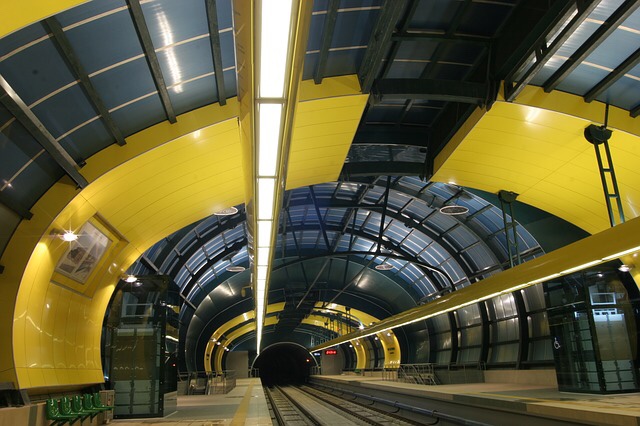Free Insight guide on how to deliver a revenue generating rail depot asset – on time, and on budget.
Whilst there are many opportunities to win business in the rail industry, especially around HS2, the processes are often complex and inefficient. Based on the number of projects that are not delivered on time or on budget, they don’t seem to work very well. Generally, I find the tender commissioners have a bizarre bias toward the excitement of commissioning new rolling stock and away from the seemingly ‘boring’ world of the railway depot.
I say bizarre because the shine very quickly comes off those new train carriages if they are not maintained properly and from being a revenue generating asset, they become a cash draining problem. Perhaps its indicative of an industry that for all its talk about service, doesn’t seem intent on changing its ways to deliver a great customer experience.
When it comes to depots, the process can go awry right at the start when the tender documents are developed. I’ve seen good ones but sometimes there is a lack of clarity in the definition of what is actually required. This is surprising given that we all know that changes made down the line cost more in terms of both time and money. In my experience, no one actively seeks a confrontational working relationship but they find themselves in that situation because ‘variations’ occur as the project progresses. The companies that win the tender apply their knowledge and expertise and make suggestions – as you would expect – but very often changes are expensive.
TOCs run railways but many don’t have the depth of knowledge and experience of designing and building an efficient depot operation that can run over the long-term period of a franchise and, as importantly, the life-cycle of the rolling stock. There is a lack of clarity around what is actually required at the end of the day and a sense of uncertainty on the project vision of a valuable long-term asset.
The most successful projects I have worked on are those which adopt, from the start, a spirit of collaboration. The tender is developed by a team with first hand experience, is technically detailed with a clear vision and SMART objectives. The document is part of a collaborative process which invites bidders to contribute their expertise and refine the specification and work together for a better, fully achievable outcome. Critically, proper time for the development and refinement process is built-in to the programme – the aim being that once it is agreed, that is it. Loose terms of reference allow opportunities for changes. New people may join the project later on and be keen, even desperate to make their mark on the project. But neither should be allowed to drive change, the original vision should be retained and there should be confidence in it because it was given full development time at the start of the project.
We’ve pulled together our experiences from working on depots at Bedford Caudwell, Northam and Old Oak Common to create a Depot Insights best practice guide for everyone involved in the tender / bid process, from those charged with writing the tender documents to their counterparts in suppliers building their bids.
For a free copy of our Insights Guide and a discussion about managing the tender process for your depot or building a winning response to a tender opportunity, contact Paul Tweedale on paul.tweedale@tenbroekeco.com
